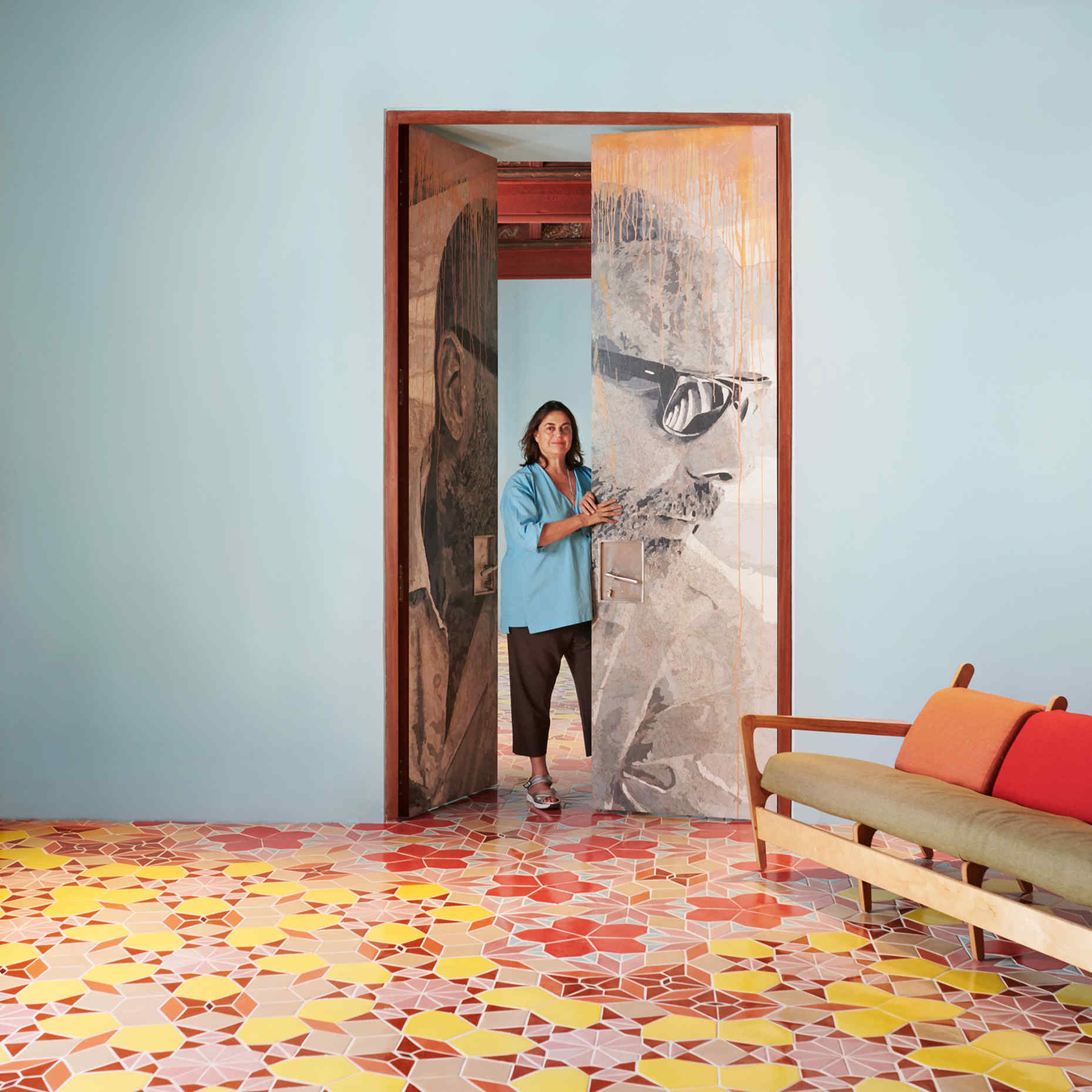Arles’ old town is home to a world-class pâtisserie and a prominent bookshop
Culture is everywhere in Arles. I’ve almost always had something to do with Les Rencontres de la Photographie, the international photography festival that was founded there in 1970 and has been expanding greatly since it was revamped in 2002. What originally motivated me to renovate the former train depot at Parc des Ateliers – and build [experimental museum complex] Luma there – was partly a lack of quality spaces to show large-scale photography exhibitions or host creative events for Les Rencontres.
In the past few years I’ve really noticed some exciting energy in Arles. Creative people are coming to the city to settle down and make something special – like the owners of Le Collatéral, an incredible B&B in a former church that’s often used for artistic projects and events. Everywhere you look there is something curious, from digital art to a bespoke, snake-shaped table. It’s more of an experience than a hotel. Of course, L’Hôtel Particulier and Hôtel Jules César are very well known five-star properties in Arles. L’Hôtel Particulier was one of the first to add new life to the old city – they took over an 18th-century building and created a little oasis, with a swimming pool and beautiful garden – and the Jules is an institution that was redone beautifully a few years ago by Christian Lacroix. I myself never meant to be a hotelier, but ended up one due to the fact that I am occasionally asked to save old buildings. Ten years ago I opened Hôtel du Cloître, which I asked India Mahdavi to design and still today the interiors feel very modern. The most recent hotel project, L’Arlatan [which opens in October], is just as much of an artistic project as it is a hospitality one. Almost from the beginning, I knew I would ask Jorge Pardo to design the interiors; he did every surface and piece of furniture, and there are more than 30 different coloured and patterned tiles used for the floors and walls. It’s like a Gesamtkunstwerk.
By Gisela Williams

